IoT sensors are changing how companies operate. The future is here, and the Internet of Things (IoT) is integrating technology into our daily lives and work in exciting ways.
Workplace IoT brings this integration to the world of work, making offices, factories, and other workspaces that are more efficient and productive.
As such, many facility managers (FMs) are looking to IoT sensors to bring this technology into the workplace in a meaningful way.
In this article, we explore the benefits of IoT sensors for the workplace. We also look at six examples of cutting-edge companies already implementing IoT projects to make a more efficient office.
What are IoT sensors?
IoT sensors, also known as IoT devices, are a critical component of the Internet of Things. The Internet of Things connects physical objects to the internet.
Many people already use IoT sensor technology in their daily lives. Things like smart fridges can help them save on groceries, smart homes can monitor and optimize their energy use, and smartphones or smart watches can track their steps or sleep patterns.
And FMs and companies are increasingly using IoT in the workplace. Sensors can function as an extra—and incredibly perceptive—additional set of eyes and ears. While sensors are already commonplace in the automotive and healthcare industries, they’re becoming more and more popular in ‘regular’ offices.
When used correctly, sensor based technologies can improve workplace efficiency, along with creating smart buildings and offices that save money and reduce carbon footprints.
Ultimately, especially when integrated with an Integrated Workplace Management System (IWMS), IoT sensors can help FMs create a smart and sustainable office that keeps both employers and employees happy.
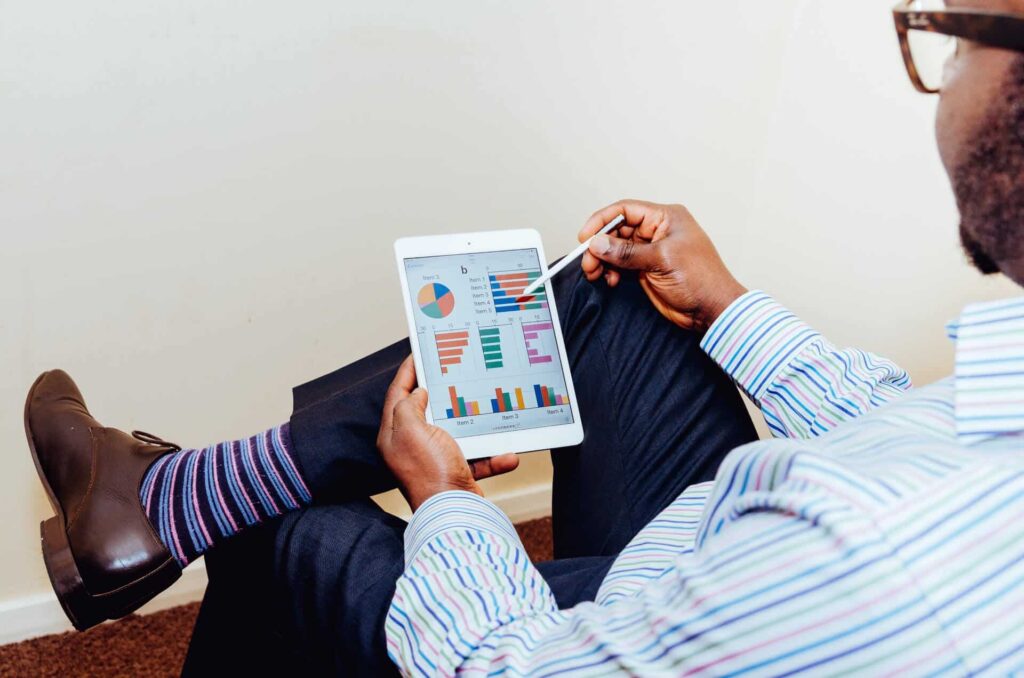
What do IoT sensors measure?
Sensors aren’t new to office buildings, where they have been in use in both security and building automation for decades. Industrial applications in building automation typically focus on HVAC systems (heating, ventilation, and air conditioning), power consumption, lighting, and security. These types of sensors (Industrial IoT or IIoT sensors) typically include humidity sensors, temperature sensors, pressure sensors, occupancy sensors, motion sensors, gas sensors, proximity sensors, and more. All of which are already widespread in the building automation industry. FMs can collect this sensor data to embrace predictive maintenance within their building automation systems.
Today, the latest IoT sensors are being refined to create more integrations and connected devices. This can streamline many facets of the workplace.
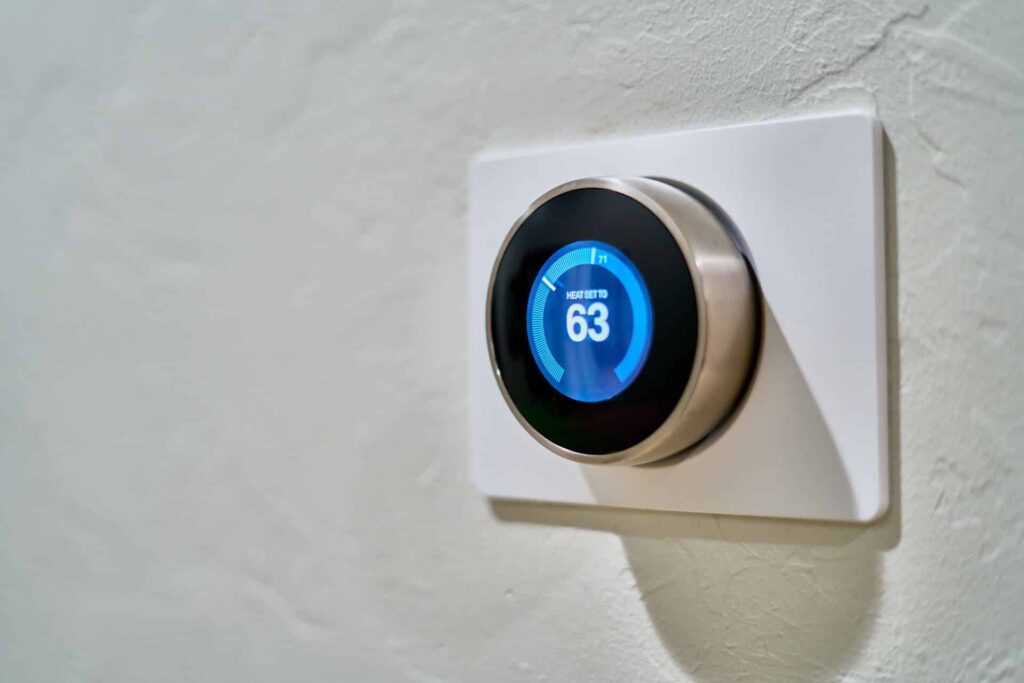
Using IoT sensors to create smart offices and embrace hybrid
When FMs work to optimize their workspace with these sensors, they can create a smart office with improved real estate use and hybrid workplace technology that supports all workers. Interconnectivity is a huge part of the hybrid future of work, especially as part of the fourth industrial revolution. Using IoT sensors to embrace hybrid can both streamline a workplace and elevate the employee experience
Plus, when FMs use sensor data to understand how people are using an office in real time, they can use this data to improve hybrid work and employee experience.
IoT sensors can measure and keep track of desk bookings, floor space use, meeting room use, and parking lot use.
They can also help with cleaning and physical distancing, as well as providing no-touch solutions for things like doors, lights, and paper towel dispensers. This makes them a useful tool in the post-pandemic workplace as well.
In a smart office, sensors can even be used to ensure there’s always fresh coffee waiting in the break lounge. The limit on sensors is often only the imagination, and/or not having an IWMS that can integrate them properly.
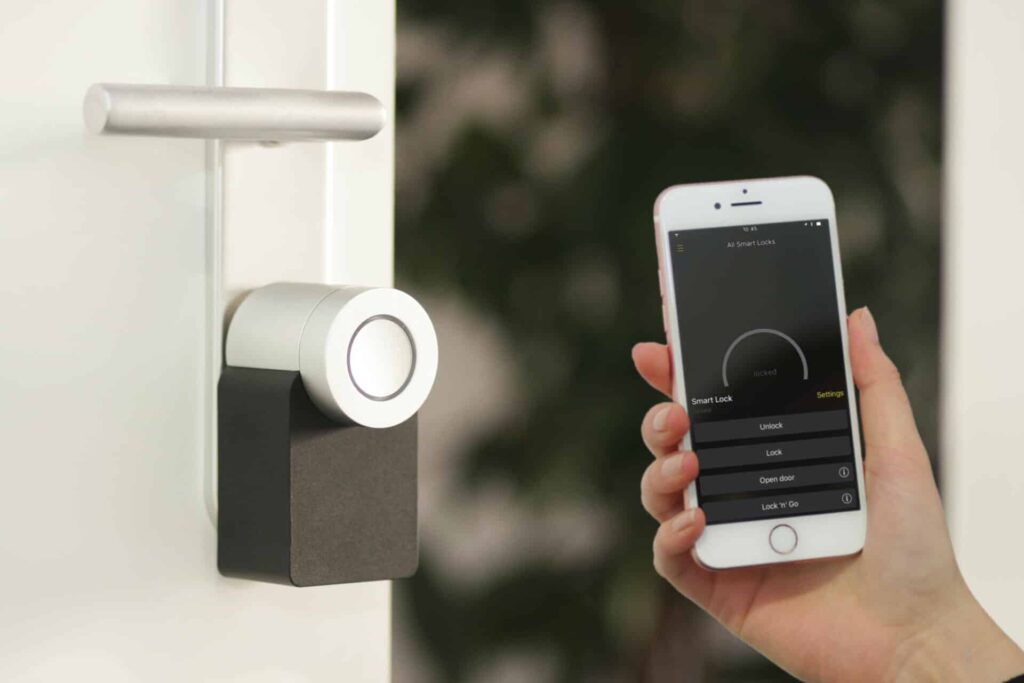
Six examples of IoT sensors in action
The future is here, and companies are already using IoT sensors in novel yet replicable ways.
The following real-world IoT applications include office solutions, which illustrate that sensors, more than simply having that ‘wow’ factor, can also have big impacts on an organization’s overall success. Let’s take a look at six different IoT sensor use cases:
1. Tracking desk usage: Amsterdam’s Edge building
IoT sensors are often at the heart of office strategies that use desk sharing strategies like hot desking and reverse hoteling. This is because if workers are going to share desks, they need to know instantly which are available, so as not to waste time and create more hurdles to flexible work.
The famous Edge building in Amsterdam is at the leading edge of many smart IoT technologies. It’s packed with 28,000 sensors to keep both the building and the work done within it running smoothly.
This includes an app that instantly finds workers an available desk or office space that matches their needs exactly. It’s even updates the space to their light and temperate preferences accordingly.
The Edge is a model in this space. As such, many companies won’t have the budget to implement this groundbreaking IoT technology.
But with some simple sensors and the right software, companies can easily implement a similarly streamlined desk booking system that complements new hybrid working strategies well.
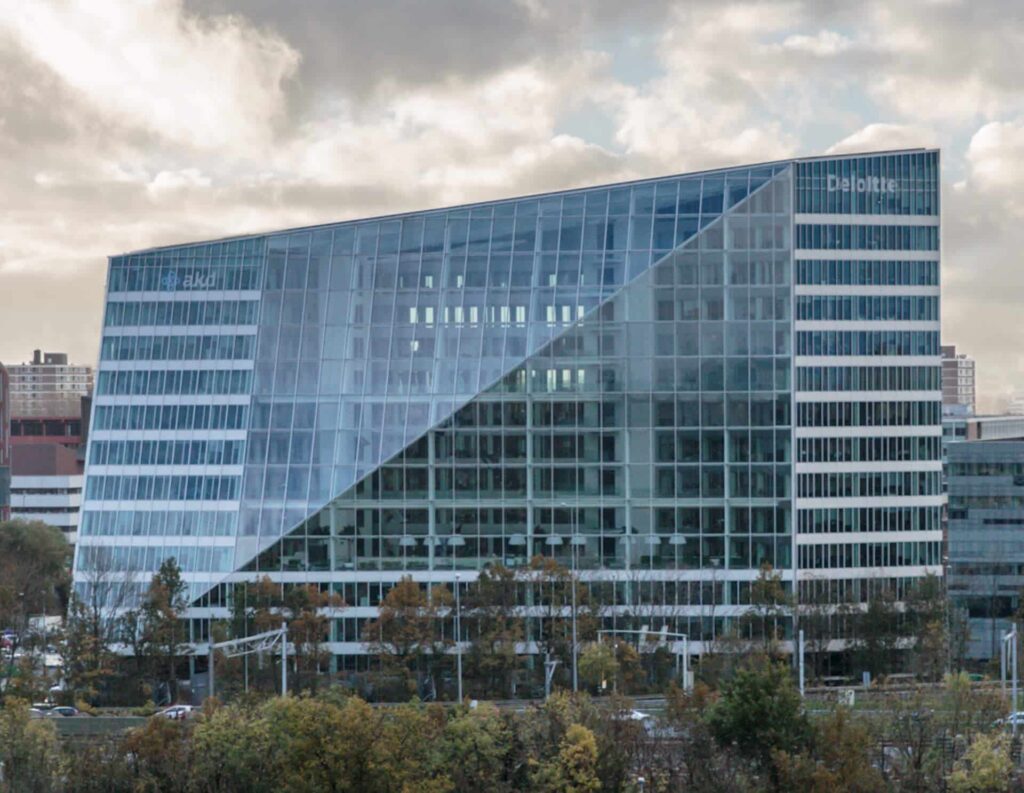
2. Improving real estate management: NYC’s Silverstein Properties
Managing corporate real estate often falls to FMs. When they have the right analytics tools, they can help improve efficiencies and reduce costs.
Silverstein Properties in New York is one company that is using IoT sensors to help them improve real estate management. By implementing cutting edge technologies, they have been able to keep residents safe and dramatically reduce energy costs.
According to Sandy Jacolow, chief information officer at Silverstein Properties, “(w)e’re taking strides toward safer, better connected and more environmentally conscious buildings, and we’re seeing immediate dividends for ourselves and our tenants.”
3. Streamlining meeting rooms and more: Microsoft’s Fraser Tower
Employees don’t just need desks. They also need meeting and conference rooms, as well as other workspaces.
Again, IoT sensors can work with existing room booking software to make this process much simpler. This is exemplified by Microsoft’s Frasers Tower in Singapore.
This smart building uses Bluetooth beacons in meeting rooms along with 900 sensors for lighting, air quality, and temperature. This creates an adaptable and flexible workspace.
“While smart buildings were developed to better manage energy consumption, we have come to realize additional strategic roles of dynamically allocating space, increasing utilization, reducing costs, improving competitiveness, and enhancing collaboration and productivity,” says Kaushik Chakraborty, vice president and regional executive for Asia South at Bentley Systems, which partnered with Microsoft on this project.
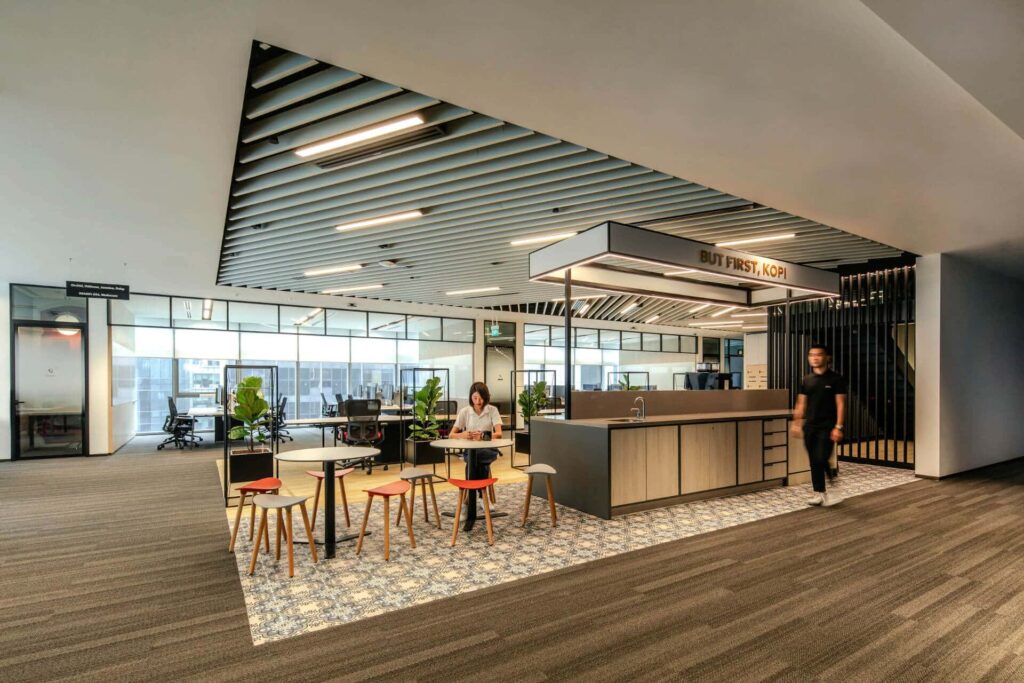
4. Optimizing space to reduce real estate costs: National Grid
Of course, one of the main goals in real estate management is to reduce real estate costs. This is often the second largest component of a company’s costs after wages.
Here, again, properly implemented IoT sensors can help FMs and organizations.
Take National Grid, for example, which uses sensors as part of a plan to better measure building usage. By doing so, they saved £8 million in their first year, with an ROI of less than 12 months.
Ultimately, the better FMs can monitor real estate costs—preferably using sensors—the better they can maximize and reduce how that space is being used, which can lead to big savings for their organizations.
5. Protecting employee well-being: Corning Optical HQ
As OfficeSpace CEO David Cocchiara highlighted during a recent interview on the new hybrid office, safety concerns are at the top of everyone’s agenda as we head back into the office.
“One core tenant that comes through in our research is that employees are concerned about returning safely,” he says. “Safety’s going to continue to be a top priority as companies try to bring employees back into the workplace.”
Thanks in part to IoT sensors, the Corning Optical Communications Headquarters is primed to keep employee safety and well-being front-and-center in the post-pandemic work. This building uses sensors and other tools to monitor air quality and overcrowding in its spaces. They are also able to check temperatures upon arrival.
Using sensors in this way helps keep their employees safe.
Helping employees feel safe is also critical, as is demonstrating that their well-being is paramount. Implementing sensors following this model can therefore dramatically improve the return to the office.
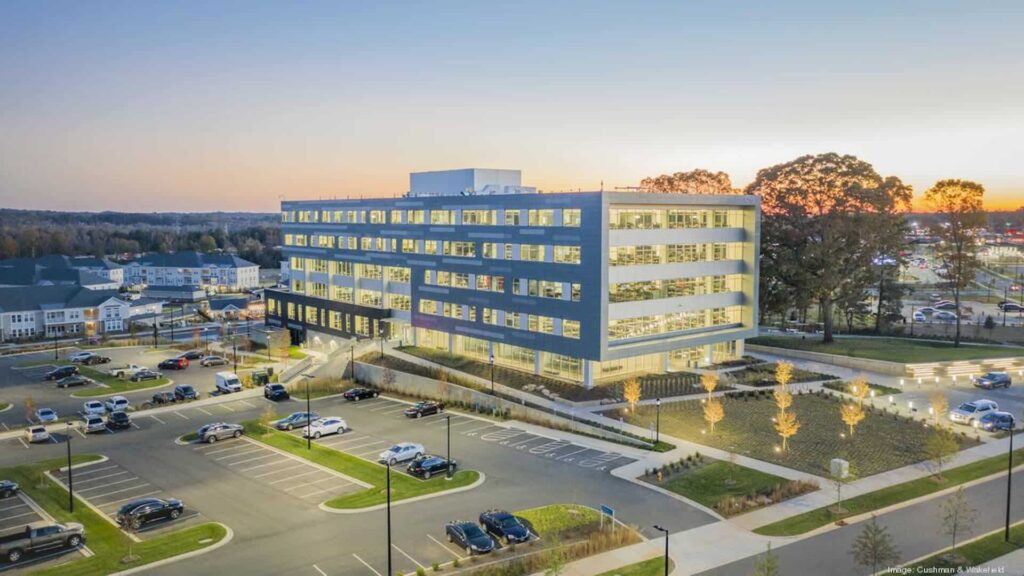
6. Using employee ‘badges’ to make a better workplace: Bank of America and Deloitte
Finally, companies like Bank of America and Deloitte are using sociometric badges to measure office statistics they can use to tweak layouts, policies, and work environment types.
These badges are sensors that employees essentially wear throughout the day. As such, they can offer incredible insights into how they’re interacting with their spaces, their work, and their colleagues.
This type of wearable sensor will not be appropriate for every company or work setting. For companies that do use it, the insights can be unsurprisingly quite beneficial.
What are the benefits of IoT sensors?
The end goal of IoT sensors should always be improved efficiency.
With this improved efficiency, IoT sensors help organizations enjoy many benefits. This includes cost savings and a more productive and engaging environment for workers.
Of course, these benefits can only be realized if companies also have a well planned and executed cyber security policy to offset the potential risks IoT can create.
They will also need to use the right sensors in a smart, well-planned way, according to their unique needs and situation.
OfficeSpace can help organizations implement IoT sensors in a safe and effective way. Reach out for a free demo.
Photos: Joey Kyber, Sebastian Scholz (Nuki), Dan LeFebvre, Luke Chesser, Adeolu Eletu



